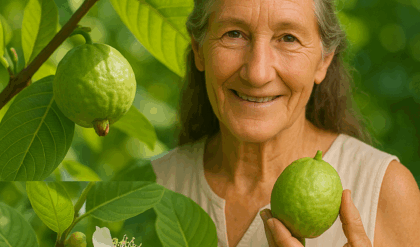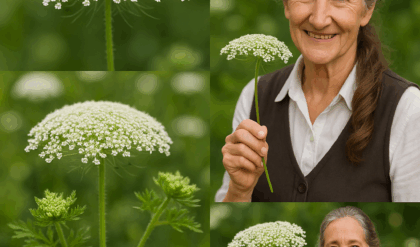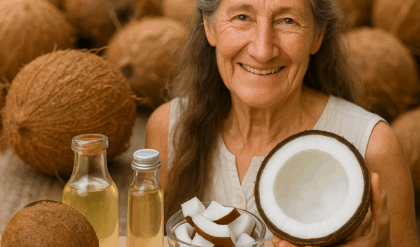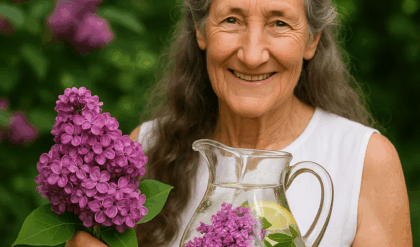Euphorbia hirta, commonly called asthma weed, snakeweed, or tawa-tawa, is a small, unassuming herb with a powerhouse of traditional medicinal uses. Revered in herbal practices across tropical regions for its ability to support respiratory health, digestion, and skin healing, this plant is a must-have for any natural remedy enthusiast. Collecting, preparing, and storing Euphorbia hirta correctly ensures you can harness its benefits safely and effectively year-round. Whether you’re brewing soothing teas, crafting healing poultices, or preparing potent decoctions, this step-by-step guide makes the process accessible, even for beginners. Let’s dive into how to gather, process, and preserve this versatile herb while prioritizing safety and sustainability.
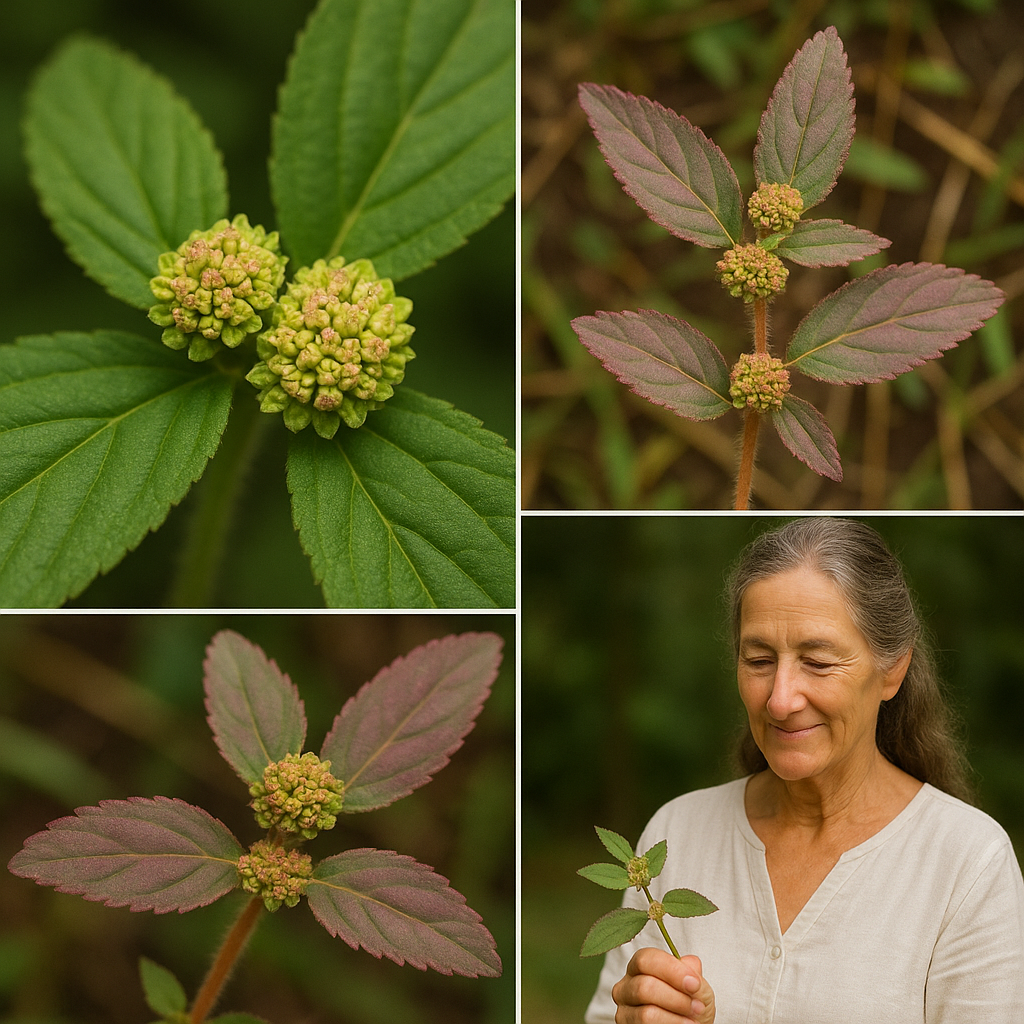
Why Harvest Euphorbia Hirta?
Euphorbia hirta is a treasure trove of bioactive compounds, including flavonoids, tannins, and alkaloids, which contribute to its anti-inflammatory, antimicrobial, and antioxidant properties. Traditionally used for asthma, bronchitis, dengue fever, digestive issues, and skin conditions, it’s a go-to in folk medicine, particularly in the Philippines, India, and West Africa. Harvesting your own ensures a fresh, chemical-free supply for teas, topical treatments, or tinctures. However, its milky sap can be irritating, and improper use may cause side effects, so careful handling and moderation are essential. By following sustainable practices, you can enjoy this herb’s benefits while protecting local ecosystems.
Step 1: Identifying Euphorbia Hirta
Accurate identification is critical to avoid mistaking Euphorbia hirta for toxic relatives in the Euphorbiaceae family. Look for these distinguishing features:
- Appearance: A small, hairy annual herb, typically 20–50 cm tall, with slender, reddish or purplish stems.
- Leaves: Opposite, oval to lance-shaped, 1–5 cm long, with slightly toothed edges, often reddish or purple-spotted.
- Flowers: Tiny, green to yellowish, clustered in dense heads (cyathia) in leaf axils, with no true petals.
- Sap: Milky white, exuded when stems or leaves are broken (handle with gloves due to potential irritation).
- Habitat: Common in tropical and subtropical regions, found in gardens, roadsides, fields, and disturbed areas.
Tip: If unsure, consult a local botanist, herbalist, or plant identification app. Compare with images from reliable sources, as other Euphorbia species may be toxic.
Step 2: When and Where to Collect
When:
- Optimal Timing: Harvest during the flowering season, typically late spring to early autumn (May to September in many regions), when the plant’s medicinal compounds are at their peak.
- Best Time of Day: Early morning, after dew has evaporated, to minimize moisture and mold risk while preserving potency.
Where:
- Ideal Locations: Collect from clean, pesticide-free areas like organic gardens, rural fields, or undisturbed roadsides.
- Avoid: Plants near highways, industrial sites, or areas treated with herbicides, as they may be contaminated.
- Sustainability: Check local regulations, as Euphorbia hirta is a common weed but may be protected or managed in some areas due to its ecological role. Harvest only from abundant populations to avoid depletion.
Step 3: What Parts to Collect
Different parts of Euphorbia hirta serve various medicinal purposes:
- Leaves: Primary for teas, poultices, and topical treatments (e.g., for wounds, eczema, or acne).
- Stems: Used in decoctions for respiratory or digestive remedies.
- Flowers: Included in teas or decoctions for enhanced potency, especially for fever or immunity.
- Whole Plant: Harvested for comprehensive remedies, such as dengue fever treatment in the Philippines, excluding roots unless specified.
- Roots (Optional): Rarely used but may be collected for specific treatments like intestinal worms; wash thoroughly if harvested.
Note: The whole plant (minus roots) is often used in traditional preparations like tawa-tawa tea for dengue.
Step 4: How to Collect Safely
Tools Needed:
- Sharp scissors or garden shears (sterilized).
- Gloves (latex or nitrile) to protect against the irritating milky sap.
- Breathable cloth or paper bags for collection.
Method:
- Cutting: Snip stems 2–3 cm above the base to encourage regrowth. Avoid uprooting unless roots are needed, as this can harm the plant’s ability to regenerate.
- Gentle Handling: Collect leaves and flowers carefully to avoid bruising, which can degrade active compounds.
- Quantity: Harvest only what you can process immediately (e.g., enough for a small batch of tea or poultice). A handful (15–30 g fresh) is often sufficient for personal use.
- Sustainability: Take no more than 20–30% of a plant population to ensure regrowth and support pollinators. Leave some flowers for seed production.
Safety: Wear gloves and long sleeves to avoid sap contact, which can cause skin or eye irritation. Wash tools and exposed skin thoroughly after harvesting.
Step 5: Preparing Euphorbia Hirta
Cleaning:
- Rinse leaves, stems, and flowers gently under cool, running water to remove dirt, insects, or debris.
- Pat dry with a clean cloth or paper towel to reduce moisture, which can lead to mold during drying.
- If using roots, scrub thoroughly to remove soil, then pat dry.
Drying:
- Setup: Spread plant parts in a single layer on a clean drying rack, tray, or breathable mesh. Ensure no overlap for even airflow.
- Location: Place in a warm, shaded, well-ventilated area (e.g., a dry room or covered porch). Avoid direct sunlight, which can degrade medicinal compounds.
- Process: Turn plant parts daily to prevent clumping and ensure uniform drying. Drying takes 3–7 days, depending on humidity and air circulation.
- Dehydrator Option: Use a food dehydrator at 95–110°F (35–43°C) for 8–12 hours to speed up drying while preserving potency. Check frequently to avoid overheating.
- Readiness: Plant parts are fully dried when crisp and brittle. Leaves should crumble easily, and stems should snap when bent.
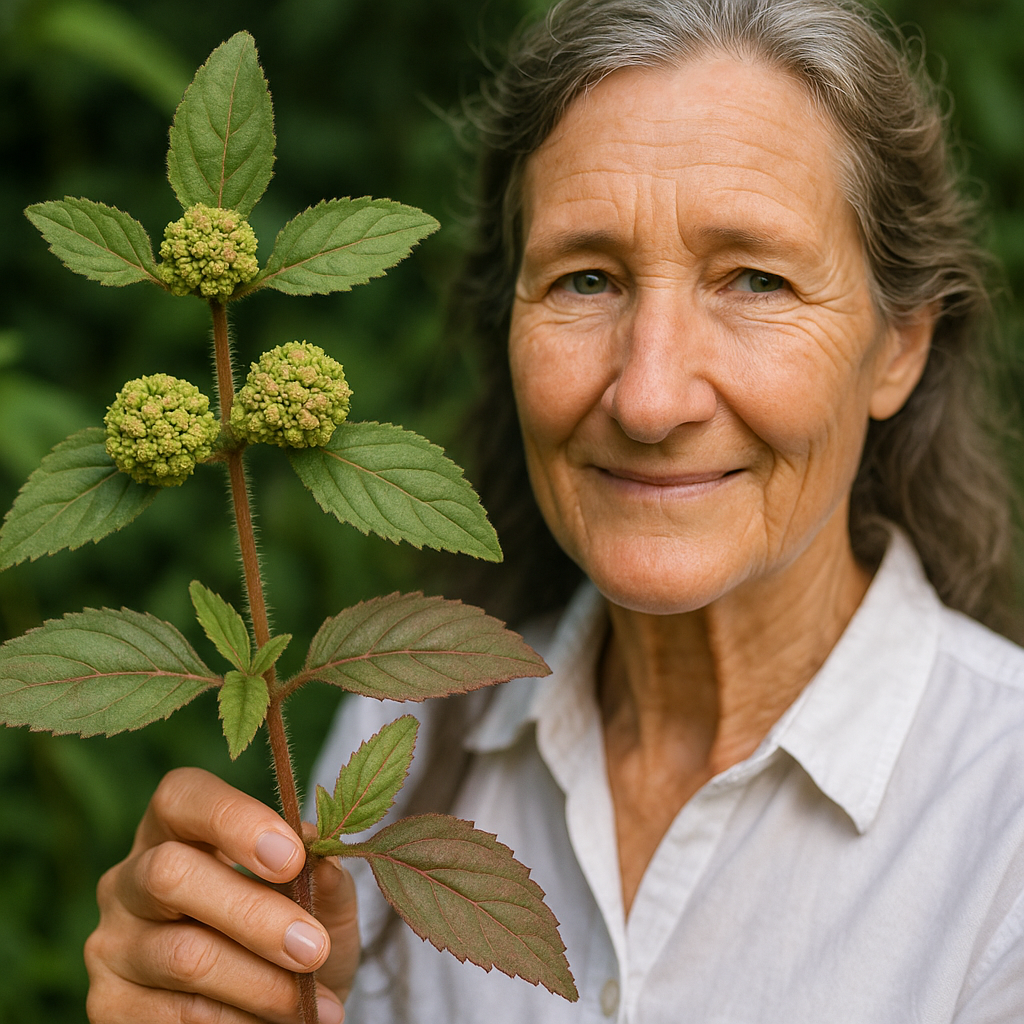
Alternative for Immediate Use:
- Store fresh leaves and stems in a breathable cloth bag in the refrigerator (4°C/39°F) and use within 5–7 days to retain freshness for teas or poultices.
Processing (Optional):
- For teas or tinctures, grind dried leaves and stems into a coarse powder using a mortar and pestle or spice grinder. Store powder separately for convenience.
Step 6: Storing Euphorbia Hirta
For Immediate Use:
- Method: Place fresh plant parts in a breathable cloth or perforated plastic bag in the refrigerator.
- Shelf Life: Use within 1 week to maintain potency and prevent spoilage.
For Long-Term Use:
- Containers: Store dried plant parts in airtight glass jars, vacuum-sealed bags, or metal tins to protect against moisture and pests. Add a food-safe desiccant packet in humid climates.
- Labeling: Label containers with the plant name, part (e.g., leaves, whole plant), and harvest date (e.g., “Euphorbia Hirta Leaves, May 2025”).
- Conditions: Keep in a cool (below 70°F/21°C), dark, dry place like a pantry. Avoid exposure to heat, light, or humidity, which can degrade active compounds.
- Shelf Life: Properly stored, dried Euphorbia hirta lasts up to 1 year. Powdered forms may lose potency faster (6–8 months). Check monthly for mold, musty odors, or discoloration; discard if compromised.
- Freezing (Optional): For extended storage, freeze dried plant parts in airtight freezer bags for up to 18 months. This is ideal for maintaining potency in humid climates.
How to Prepare Euphorbia Hirta for Use
Making Tea:
- Recipe: Crush 1–2 g (1 tsp) dried leaves and stems. Boil in 1 cup (240 ml) water for 5–7 minutes. Strain and drink warm, up to 1–2 cups daily.
- Use: Soothes coughs, asthma, bronchitis, or digestive issues like bloating.
- Note: Start with small doses to assess tolerance, as excessive consumption may cause nausea.
Creating a Poultice:
- Recipe: Crush fresh leaves (or rehydrate dried ones in warm water) into a paste using a mortar and pestle.
- Use: Apply directly to minor wounds, burns, eczema, or acne for 20–30 minutes, then rinse off. Cover with a clean cloth if needed.
- Frequency: Use 1–2 times daily, monitoring for skin irritation.
Making a Decoction:
- Recipe: Boil 1–2 g dried plant (leaves, stems, or whole plant) in 2 cups (480 ml) water for 15–20 minutes until reduced by half. Strain and cool.
- Use: Drink 1/4–1/2 cup up to twice daily for dengue fever, dysentery, or urinary tract infections, or apply externally as a compress for fever or swelling.
- Storage: Refrigerate decoction and use within 24 hours to prevent spoilage.
Tincture (Advanced):
- Recipe: Soak 1 part dried plant in 5 parts 40–50% alcohol (e.g., vodka) for 4–6 weeks, shaking daily. Strain and store in a dark glass dropper bottle.
- Use: Take 3–5 drops diluted in water, 1–2 times daily, for anxiety or respiratory support. Consult an herbalist for precise dosing.
Tips for Handling and Using Euphorbia Hirta Safely
🧤 Protect Yourself: Always wear gloves when handling fresh plants to avoid sap-related irritation. If sap contacts skin or eyes, rinse immediately with water and seek medical advice if irritation persists.
⚖️ Use in Moderation: Stick to recommended doses (1–2 g dried per use) to avoid side effects like nausea, vomiting, or diarrhea. Overuse may be toxic due to compounds like diterpenes.
🚫 Avoid Raw Consumption: Never eat raw Euphorbia hirta, as its compounds can irritate the digestive tract. Always cook or process before use.
🩺 Consult a Professional: Seek guidance from a qualified herbalist or healthcare provider, especially if pregnant, breastfeeding, taking medications, or treating children. Euphorbia hirta may cause uterine contractions or interact with sedatives.
🌿 Test for Allergies: Perform a patch test before topical use (apply a small amount to skin and wait 24 hours). Discontinue if redness or itching occurs.
♻️ Store in Batches: Divide dried plant parts into small containers to minimize air exposure when accessing, preserving freshness.
🔍 Quality Check: Before use, ensure dried parts are free of mold or off odors. Discard if they appear damp or smell musty.
Why This Matters
Euphorbia hirta’s versatility makes it a valuable addition to any herbal toolkit, offering natural relief for ailments from asthma to skin infections. Harvesting and preparing it yourself ensures quality, reduces reliance on commercial products, and fosters a deeper connection with nature. In regions like the Philippines, tawa-tawa tea is a folk remedy for dengue, backed by anecdotal success, while in India, it’s a staple for respiratory and digestive health.

